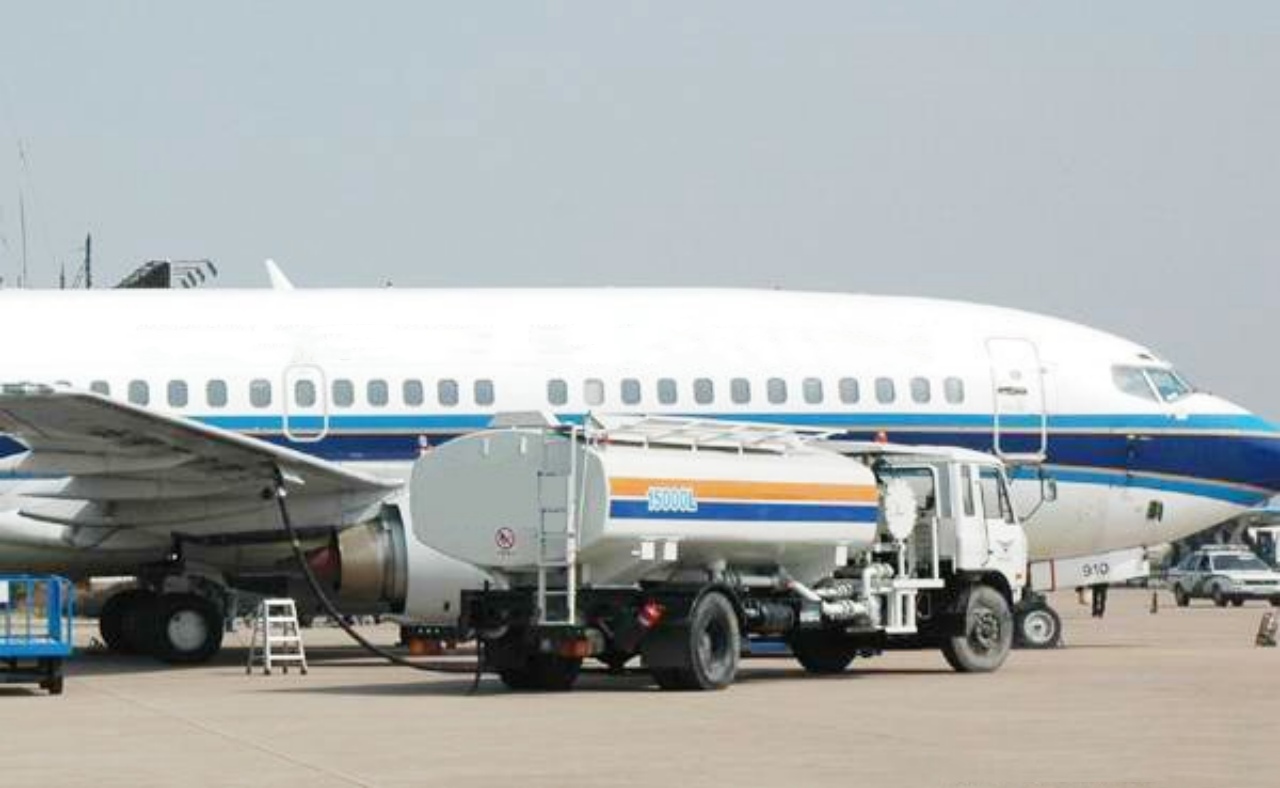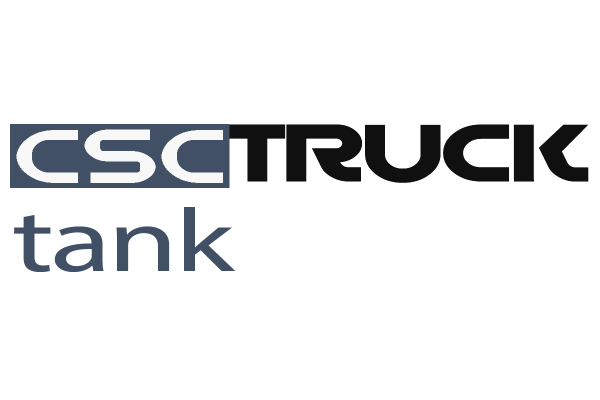Aircraft refueling trucks are specialized vehicles used at airports specifically for refueling or defueling aircraft. Unlike standard diesel or gasoline, most aircraft use aviation kerosene. As is widely known, aviation kerosene is corrosive to common metals, so all components that come into contact with the fuel — such as the tank, pipelines, pump body, and fuel dispenser — must be made of stainless steel for corrosion resistance. Due to these material, structural, and design requirements, the cost of an aircraft refueling truck is generally several times higher than that of a conventional fuel truck.
Features of Aircraft Refueling Trucks
While aircraft refueling trucks are generally similar to ordinary fuel trucks in overall form, they have several unique structural and performance requirements:
- High Stability of Refueling Pressure
To ensure this, pressure regulators, stabilizers, and pressure fuel gauges are installed along the fueling pipeline. - High Fuel Purity Requirements
High-performance filter separators are required in the fuel system, and both the tank and pipelines must be made of aluminum alloy. - Absolute Safety in Fueling Operations
These vehicles must be equipped with anti-static devices, interlock control systems, electrical explosion-proof systems, fire extinguishers, etc. - High-Accuracy, High-Flow Meters
Precision metering systems capable of handling large fuel flows are a must. - Large Fuel Tank Capacity
Aircraft refueling must be completed in a single operation. For instance, the WG series of tank-type refueling trucks has capacities of 10,000L, 15,000L, 18,000L, 20,000L, 22,000L, and even 45,000L — tens or hundreds of times larger than a regular truck’s fuel tank.
Types of Aircraft Refueling Trucks
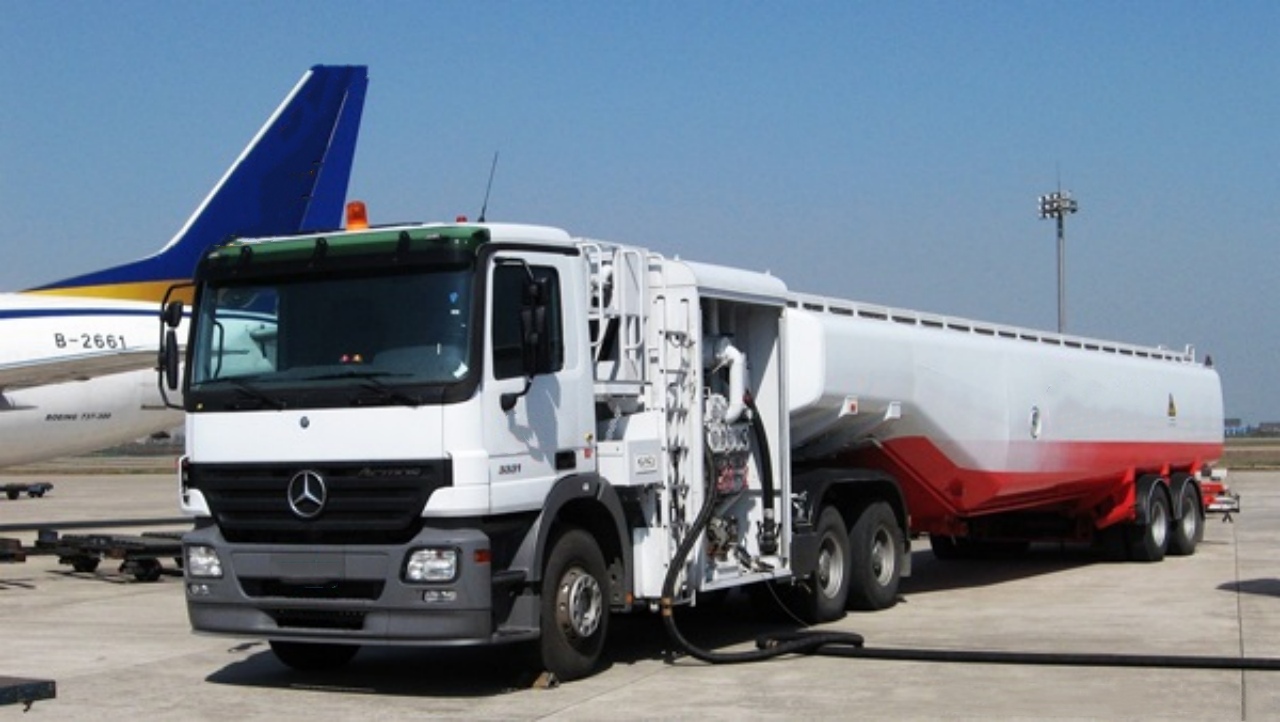
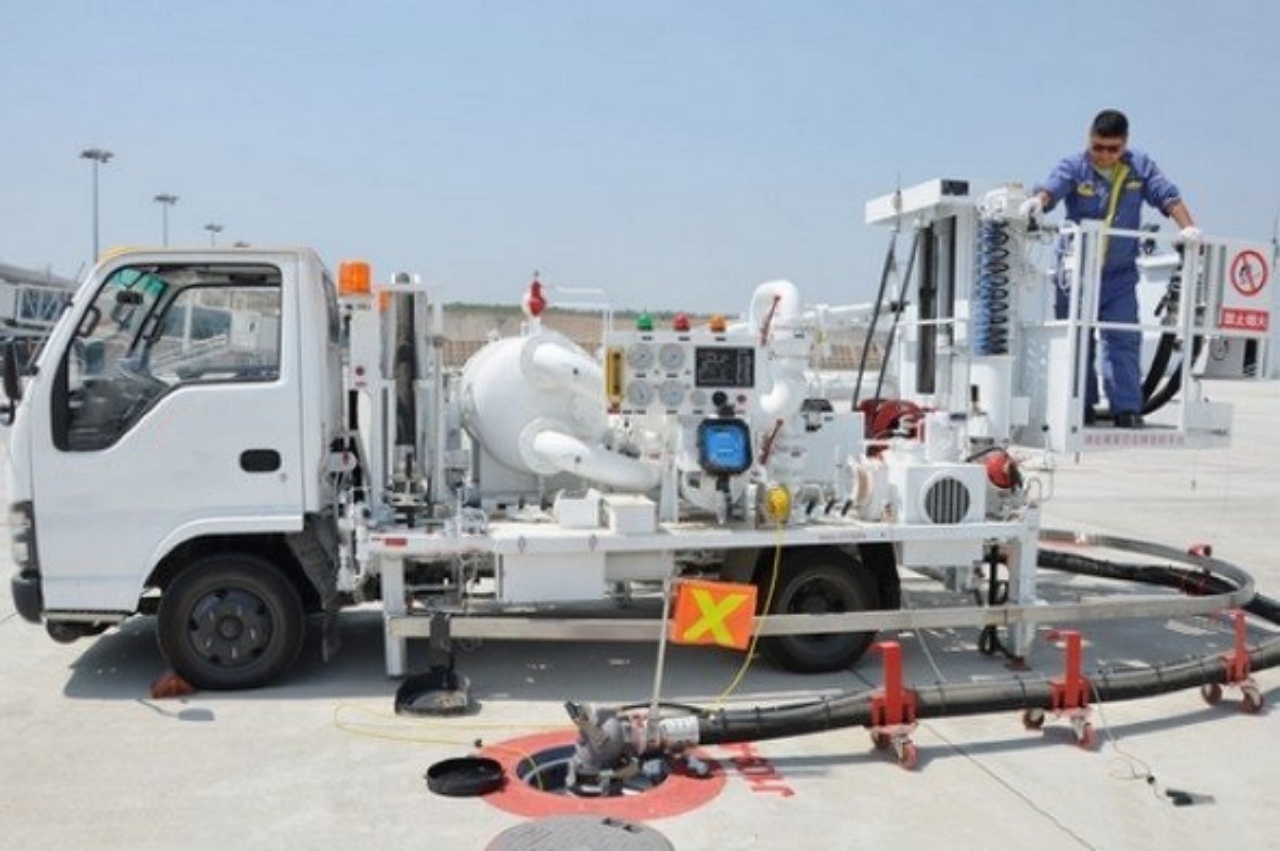
Aircraft refueling trucks are generally divided into 2 types based on structure: Tank Type and Hydrant Dispenser Type.
| Category | Tank Type | Hydrant Dispenser Type |
|---|---|---|
| System Composition | Chassis, tank assembly, fuel control system, electrical-hydraulic control system, interlock protection system | Chassis, pipeline system, electrical-hydraulic control system, interlock protection system |
| Function | Transport, storage, fuel pumping, pressure regulation, filtration, and metering | Fuel pumping, pressure regulation, filtration, and metering. Designed to rapidly and safely deliver aviation fuel from underground hydrant pits directly to the aircraft. |
| Application Scope | Mainly used at small to medium airports without underground fuel pipelines | Mainly used at large airports with hydrant systems; Suitable for aircraft of all sizes |
The key structural difference between tank-type and hydrant dispenser trucks lies in their upper assemblies:
- Tank types include a fuel tank and control system.
- Hydrant types feature a pipeline system with components such as fueling couplers, inline control valves, pit valves, water separators, and flow meters.
Design Requirements for Aircraft Refueling Trucks
The core design philosophy of an aircraft refueling truck is to enable a single operator to refuel an aircraft safely, efficiently, and easily. Manufacturers must possess a local country’s license for the use of specialized airport equipment. Based on relevant standards and practical experience, the following key design requirements are proposed:
- Exempt from Highway Vehicle Standards
As in-field vehicles, they are not bound by road vehicle regulations, meaning there are no strict limits on fuel consumption at constant speed, acceleration, or coast-down performance. The priority is to meet airport ground support standards and customer-specific needs. - Built for Low-Speed, Safe Operation
Due to handling aviation kerosene, the vehicles must be explosion-proof, fire-resistant, leak-proof, and operationally safe, especially at low speeds (generally under 45 km/h). For example:- Hot engine and exhaust components must be effectively isolated from fuel lines.
- Grounding wires must be installed in the piping system.
- Static-dissipating drag chains or grounding straps must be attached to the rear of the vehicle.
- All fuel pipelines must be made of stainless steel.
- Clearly labeled operational switches must be provided.
- Interlock protection and emergency shut-off functions must be included.
- Customized Features Based on Client Needs
- The upper assembly can be designed to be completely independent from the chassis for easier maintenance.
- Work lights and sampling lights can be installed.
- Accessories like static reels, wheel chocks, etc., are installed as per customer preferences.
- Aviation fueling ladders can be provided for operational convenience.
Future Development Trends of Aircraft Refueling Trucks
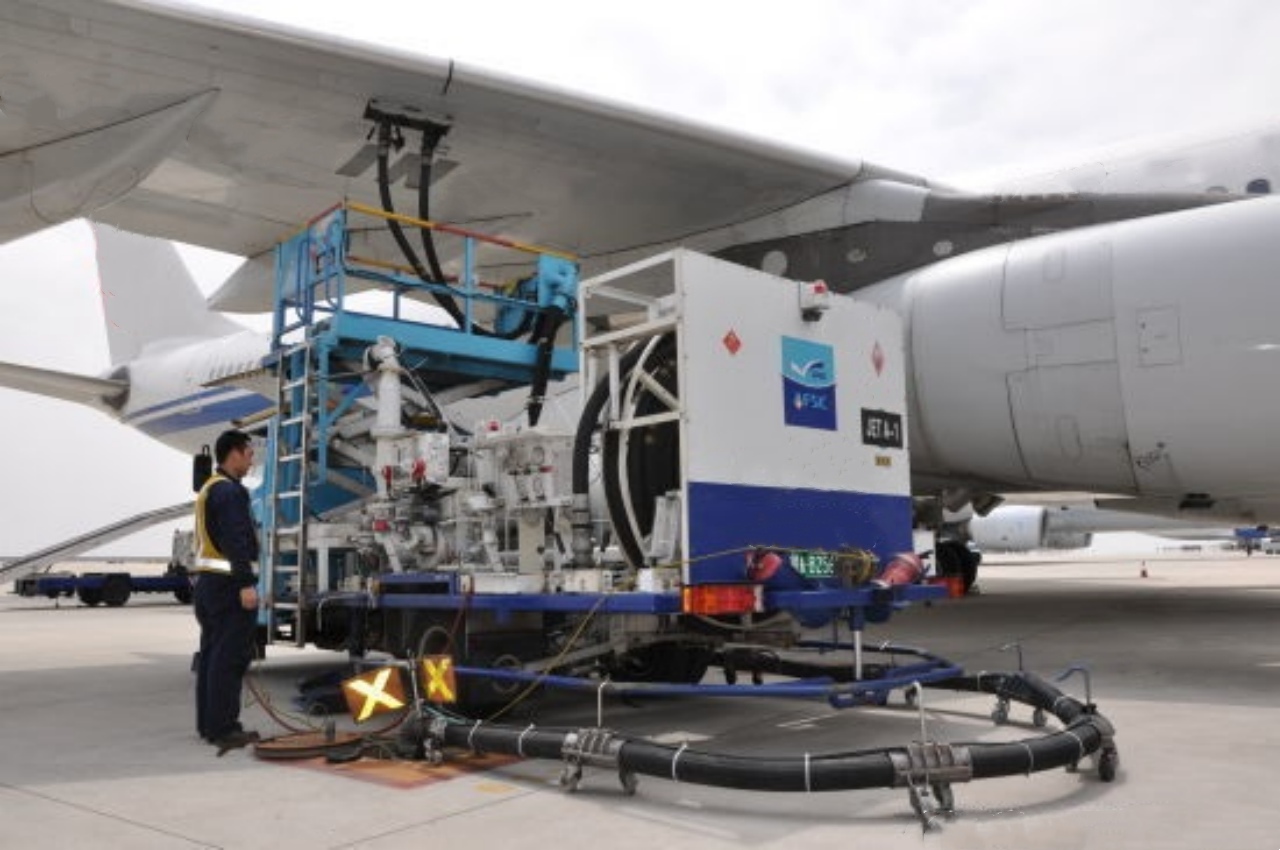
After years of development, aircraft refueling trucks have become well-optimized in structure, highly safe, and functionally rich. The following trends are expected in the future:
- Eco-Friendly Powertrains
Most aircraft refueling trucks currently use Euro IV-compliant chassis with hydraulic and pneumatic systems. Future models will feature increasingly eco-friendly power sources. - Enhanced Safety, Aesthetics, and Usability
Features will continue to improve in terms of human-centric design and safety:- For example, the deadman handle must be actively engaged throughout fueling to prevent the operator from walking away.
- Interlock points will ensure the aircraft or fuel couplers are not damaged.
- Emergency alarms with audible and visual alerts will be included.
- Explosion-proof capabilities will be further strengthened.
- Greater Variety and Broader Application
Future refueling trucks will come in more varieties to meet diverse needs, from servicing different aircraft models and airport types to adapting to various regional environments.
